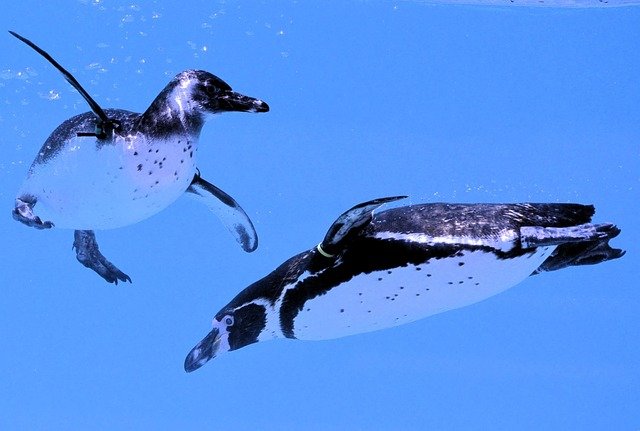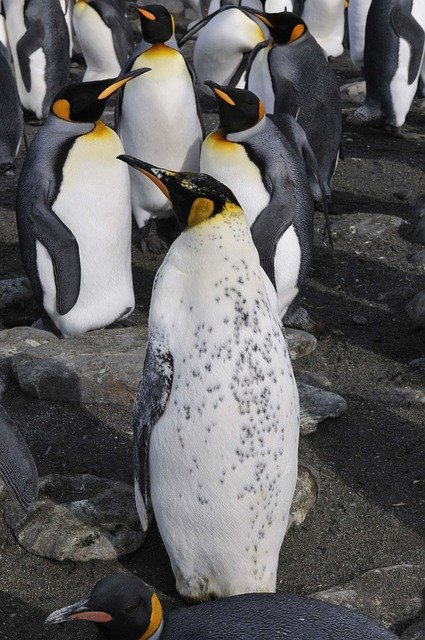**Title: "The Social Lives of Penguins: Understanding Their Unique Communication and Social Structures"** **

The Social Lives of Penguins: Understanding Their Unique Communication and Social Structures
Penguins are some of the most fascinating creatures on our planet, known for their distinctive waddles and charming personalities. However, their social lives are equally captivating, characterized by complex communication and intricate social structures. In this post, we will delve into the unique behaviors and interactions of these remarkable birds.
Communication: The Language of Penguins
Penguins have developed a rich array of vocalizations and body language to communicate with one another. Their communication is essential for various aspects of their lives, including mating, parenting, and social bonding.
Vocalizations
Calls: Penguins use different calls to express a range of emotions and intentions. For instance, during the breeding season, male penguins will often use specific calls to attract females. Each species has its own unique calls, which can be distinguished by their tone and frequency.
Chirps and Squawks: These sounds are often used in social interactions, such as when penguins are establishing dominance or defending territory.
Parent-Offspring Communication: Parent penguins and their chicks have a special bond, often recognized by unique vocalizations. This helps chicks identify their parents in crowded colonies.
Body Language
In addition to vocalizations, penguins also communicate through body language. For example, they may use specific postures or movements to signal aggression, submission, or affection. A penguin puffing up its chest may be displaying dominance, while a penguin bowing its head might be signaling submission.
Social Structures: The Penguin Community
Penguins are highly social animals that thrive in large colonies. Their social structures are fascinating and play a crucial role in their survival.
Colonies
Breeding Colonies: Many penguin species gather in large colonies during the breeding season. These colonies can consist of thousands of individuals, providing safety in numbers from predators.
Social Hierarchies: Within these colonies, penguins establish social hierarchies. Dominance can be determined by size, age, or aggressive behavior. Higher-ranking penguins often have better access to resources, such as food and mates.
Cooperative Behavior
Penguins exhibit cooperative behaviors that enhance their survival. For instance, they often take turns incubating eggs and sharing parenting duties. This cooperative breeding strategy allows both parents to forage for food while ensuring the safety of their young.
Social Bonds
Strong social bonds are crucial for penguins. They engage in mutual preening, which helps strengthen these bonds and maintain social cohesion within the colony. Additionally, penguins often recognize and remember individual calls, allowing them to maintain relationships with specific members of their colony.
Conclusion
The social lives of penguins are a testament to the complexity and richness of animal behavior. Through their unique communication methods and intricate social structures, these remarkable birds navigate their challenging environments and foster strong community ties. Understanding the social lives of penguins not only enriches our knowledge of these fascinating creatures but also highlights the importance of preserving their habitats for future generations.
References
- National Geographic: Penguins
- BBC Earth: The Social Lives of Penguins
- Smithsonian Magazine: Penguins Communicate
Feel free to share your thoughts or experiences with penguins in the comments below! 🐧

Upvoted! Thank you for supporting witness @jswit.